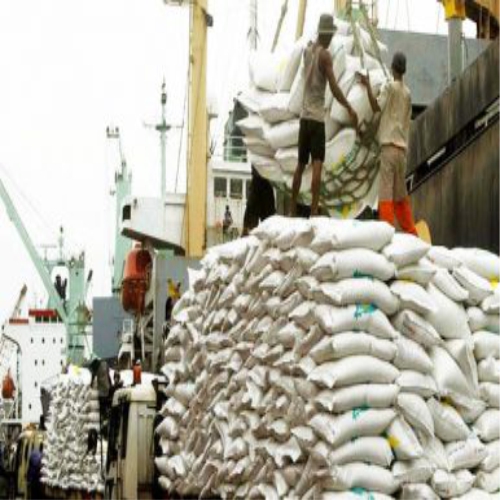New York: The United States government announced on Wednesday its decision to augment the low-tariff sugar import quota by 125,000 metric tons, aiming to enhance sugar supplies within the domestic market and address ongoing scarcity issues.
Following this adjustment, the total allocation for the import of cane raw sugar under the low-tariff quota, known as the TRQ, has increased to 1.24 million tonnes for the fiscal year 2024. This marks an approximate 11.2% increase from the previous quota of 1.12 million tonnes, reflecting the government’s response to the persistent shortage of sugar in the US market.
This increase is particularly timely given recent market trends. In 2023, US refined sugar prices reached decade highs due to limited supply and high demand. Although prices in 2024 and forward prices for 2025 have come down modestly from the 2023 peaks, they remain historically high. This sustained high price level underscores the ongoing scarcity of sugar in the domestic market. Large volumes of high-duty imports also tend to support high refined sugar prices. By increasing the low-tariff quota, the US aims to increase the availability of sugar, thereby exerting downward pressure on prices and alleviating the scarcity that has contributed to these high prices.
The Foreign Agricultural Service justified these measures, citing a thorough assessment that identified the necessity for additional supplies of raw cane sugar in the U.S. market. According to the statement, the allocation of this supplementary volume among the contributing countries will be overseen by the U.S. Trade Representative.
Moreover, the US Department of Agriculture has also announced several other measures to support the domestic agriculture sector, including subsidies for corn and soybean farmers. These initiatives are part of a broader strategy to ensure food security and stabilize commodity prices.
The increase in the US’s low-tariff sugar import quota by 125,000 metric tons is a direct response to the scarcity issues plaguing the domestic market. By addressing this shortage, the government aims to stabilize prices and ensure a more reliable supply of sugar. This policy change not only reflects the economic realities of scarcity but also underscores the importance of global interdependence in modern trade practices.

















